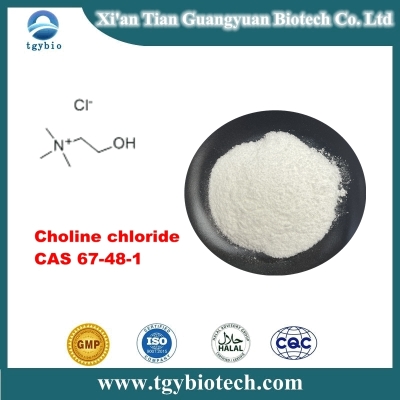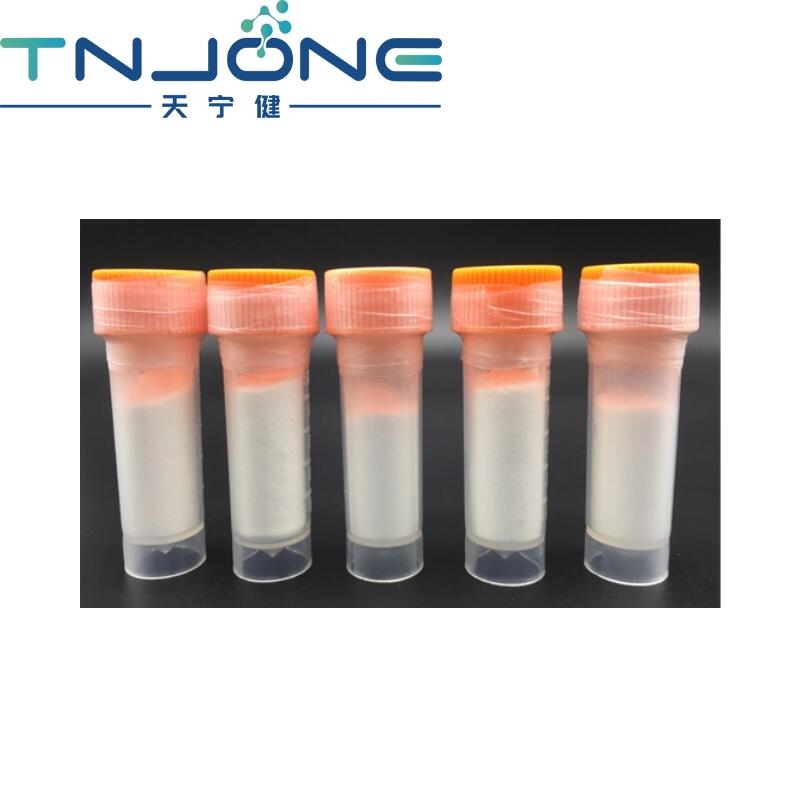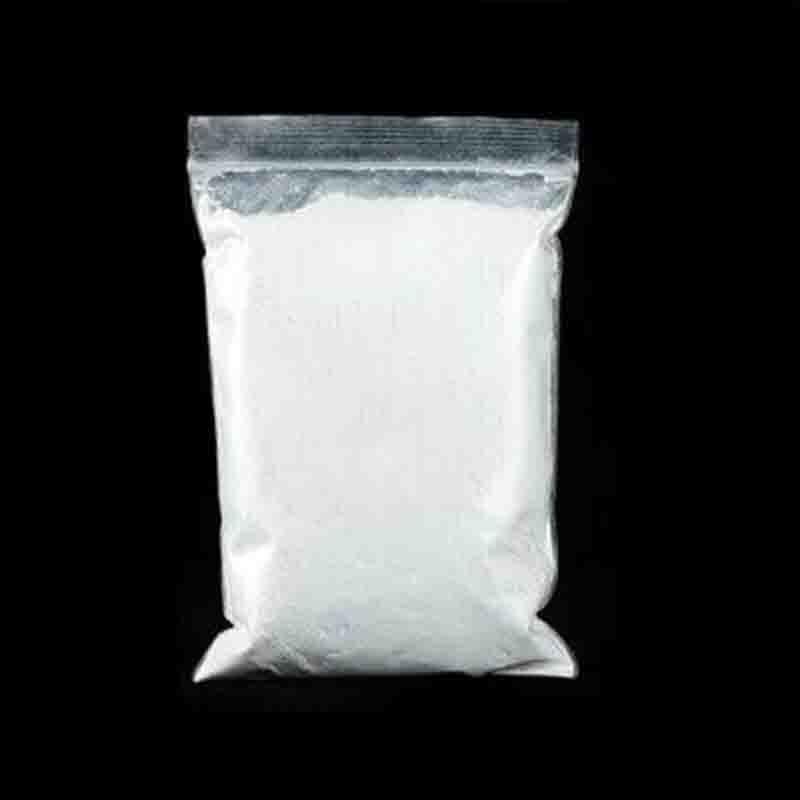-
Categories
-
Pharmaceutical Intermediates
-
Active Pharmaceutical Ingredients
-
Food Additives
- Industrial Coatings
- Agrochemicals
- Dyes and Pigments
- Surfactant
- Flavors and Fragrances
- Chemical Reagents
- Catalyst and Auxiliary
- Natural Products
- Inorganic Chemistry
-
Organic Chemistry
-
Biochemical Engineering
- Analytical Chemistry
-
Cosmetic Ingredient
- Water Treatment Chemical
-
Pharmaceutical Intermediates
Promotion
ECHEMI Mall
Wholesale
Weekly Price
Exhibition
News
-
Trade Service
Click on the blue word to pay attention to the existence of neural stem cells in the hippocampal dentate gyrus (DG), subependymia and other areas of our adulthood.
These neural stem cells are the source of nerve regeneration
.
Nerve regeneration in the hippocampal DG area of mice occurs approximately 2 weeks after birth, and the nerve regeneration gradually decreases in old age and runs through the entire life process
.
The number of newborn neurons produced in adolescent DG is at a high level, but neurogenesis rapidly decreases after adulthood, and maintains a low level throughout adulthood
.
At the same time, the number of hippocampal neural stem cells declined rapidly during adolescence, but stabilized during adulthood
.
There is an adaptive change between the change in the number of newborn neurons and the change in the number of neural stem cells
.
There are three important hypotheses about the molecular mechanism of this adaptive transition.
One of them is the neural stem cell behavior model (stem cell behavior): the pro-activator ASCL1 levels in proliferating stem cells continue to decrease, and these activated stem cells immediately return to quiescence.
The rest state mediates the transition of neural stem cells from adolescence to adulthood
.
On May 6, 2021, Francois Guillemot's team at the Neural Stem Cell Biology Laboratory of the Francis Crick Institute published an article revealing the molecular mechanism of time-dependent quantitative changes in adult hippocampal nerve regeneration
.
Time-dependent changes in hippocampal nerve regeneration.
Researchers found that there were about 46,000 neural stem cells in the hippocampal DG area of mice at 15 days after birth.
Then the number of neural stem cells decreased sharply.
After adulthood, the number of neural stem cells in 2-month-old mice was reduced by half.
Above
.
This reduction in absolute number corresponds to the consumption rate of neural stem cells: the consumption rate in adolescence is at a high level, and then this consumption is significantly slowed down in adulthood, which indicates that the neural stem cell population in adulthood obtains a specific protective mechanism.
, To delay the decline in the number of its groups
.
The restoration of neural stem cells to the resting state is time-dependent.
They found that at the beginning of neural regeneration in the hippocampus of 2-week-old mice, neural stem cells are in a state of proliferation and differentiation, and they have no potential to return to the resting state
.
The proportion of neural stem cells in resting state in 1-month-old mice is 6.
68%, and more than half of neural stem cells are in resting state after 6 months of age
.
This indicates that during the transition from adolescence to adulthood, the differentiation of neural stem cells proliferating in the hippocampus gradually decreases, gaining the ability to restore rest and maintaining the stability of the number of neural stem cells
.
Researchers divide the resting state of neural stem cells into shallow resting state (experienced replication state) and deep resting state (not undergoing replication).
Neurogenesis in adolescence mainly comes from deep resting neural stem cells, while in adulthood The shallow resting state neural stem cells replace the deep resting state neural stem cells, inhibit nerve regeneration, promote the self-renewal process of neural stem cells, and help maintain the stability of the overall number of neural stem cells
.
The transcription factor ASCL1 is a key molecule for the transformation of neural stem cells from the resting state to the activated state
.
However, the ASCL1 protein level is very low due to the degradation of E3 ubiquitin ligase HUWE1, which is almost undetectable in resting neural stem cells
.
The researchers used the ASCL1-VENUS fusion protein to detect that 54% of neural stem cells in half-month-old mice express ASCL1, which dropped to 19% at 2 months and only 3% at 12 months
.
In order to further prove the effect of ASCL1 on the active state of neural stem cells, the researchers used mice with low expression of ASCL1 and found that the proportion of activated neural stem cells returning to the resting state increased, and the proportion of resting neural stem cells that were activated decreased
.
These results indicate that the decrease of ASCL1 level causes time-dependent changes in the behavior of neural stem cells, and mediates the transition of neural stem cells from adolescence to adulthood
.
In summary, this article reveals that the pro-activator ASCL1 mediates the increase in the number of neural stem cells, the increase in neurogenesis, and the consumption of neural stem cells in adolescence (three-poly state), and the number of neural stem cells in adulthood is small, the neurogenesis is small, and the neural stem cell Low consumption (three low state) transition
.
[References] 1.
https://doi.
org/10.
1016/j.
stem.
2021.
01.
003 The pictures in the article are all from the reference original download link: Baidu Netdisk https://pan.
baidu.
com/s/1p84qKku2ZVhWKkE8iZZqaA extraction Code: exid







